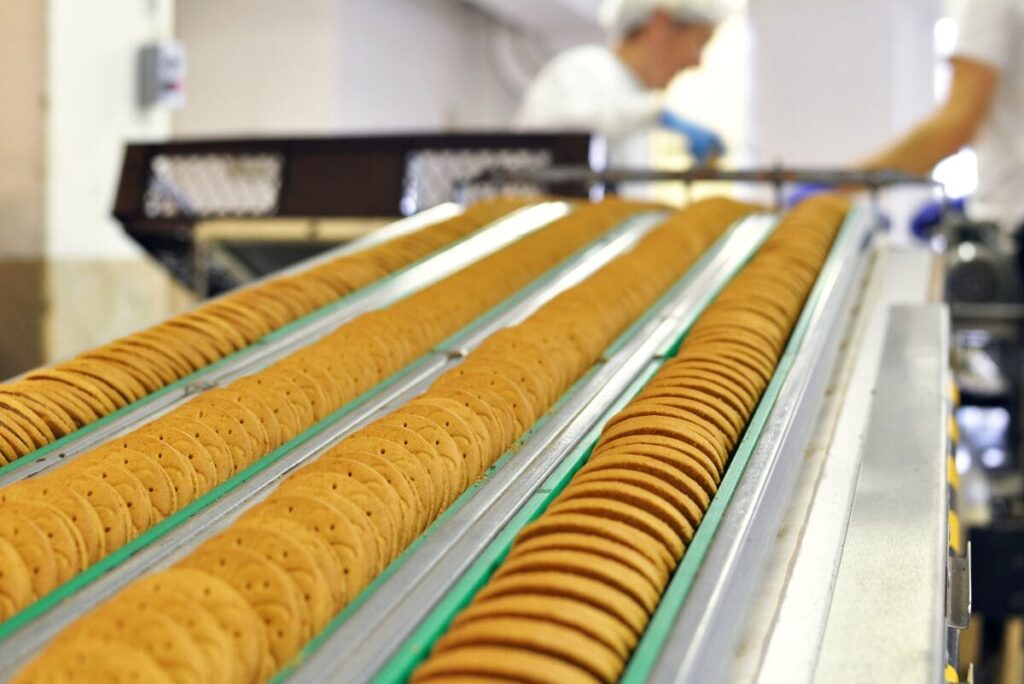KANSAS CITY, MO — While bakeries may have many of the pieces required by FSMA Rule 204 in place, that doesn’t mean they’ll be considered compliant come January 2026. There’s still work to be done.
“Get started now,” advised Sara Bratager, senior food safety and traceability scientist at the Global Food Traceability Center, which is part of the Institute of Food Technologists. “A year and a half seems like a long time, but traceability is a group project, and group projects always take longer than expected. First, look at the food traceability list to determine if you handle any ingredients on the list. Then, start talking with your trading partners to make sure everyone is on the same page with what and how data will be collected and shared. Finally, take time to train your employees. Data doesn’t magically collect itself, and you need to make sure you’re collecting the right data in the right way and getting it to the right place.”
Another factor to consider is whether it makes sense to have a separate process for tracing products containing FDA’s Food Traceability List (FTL) items.










